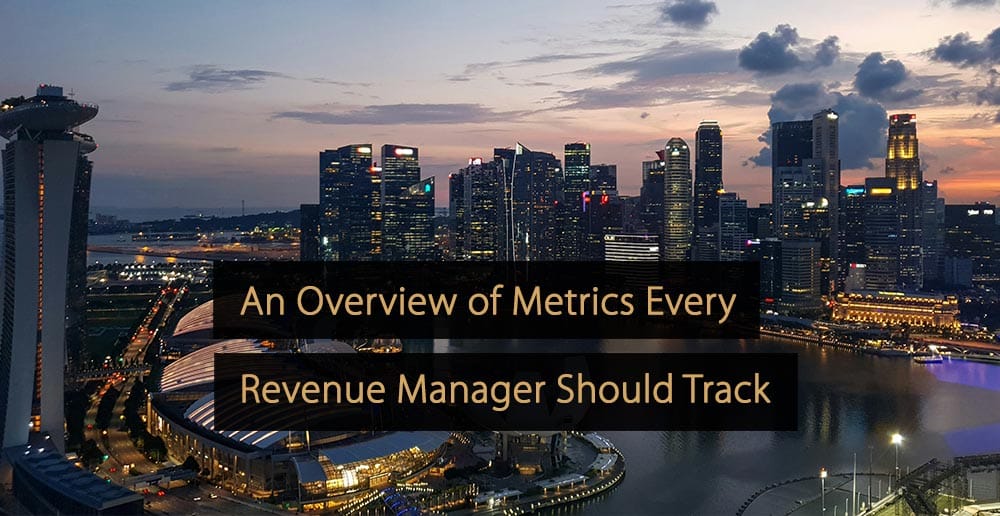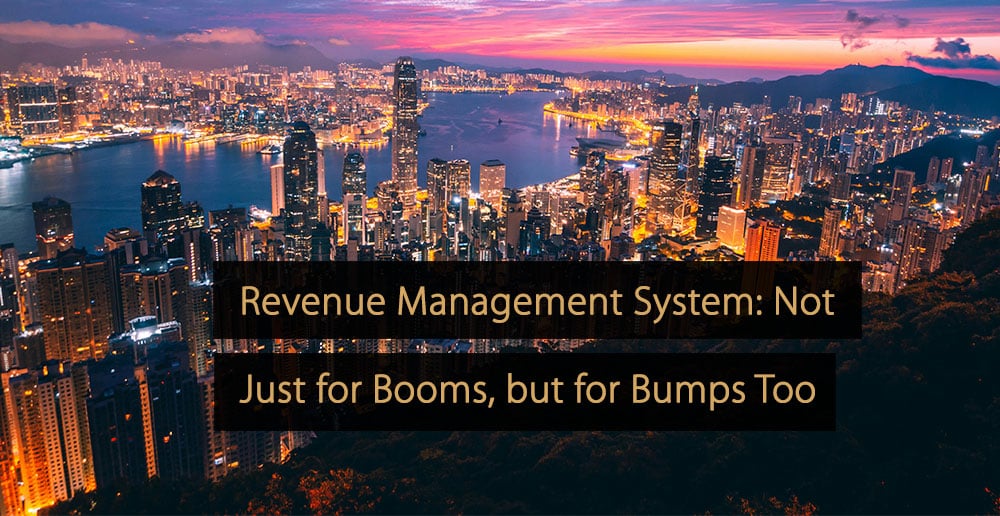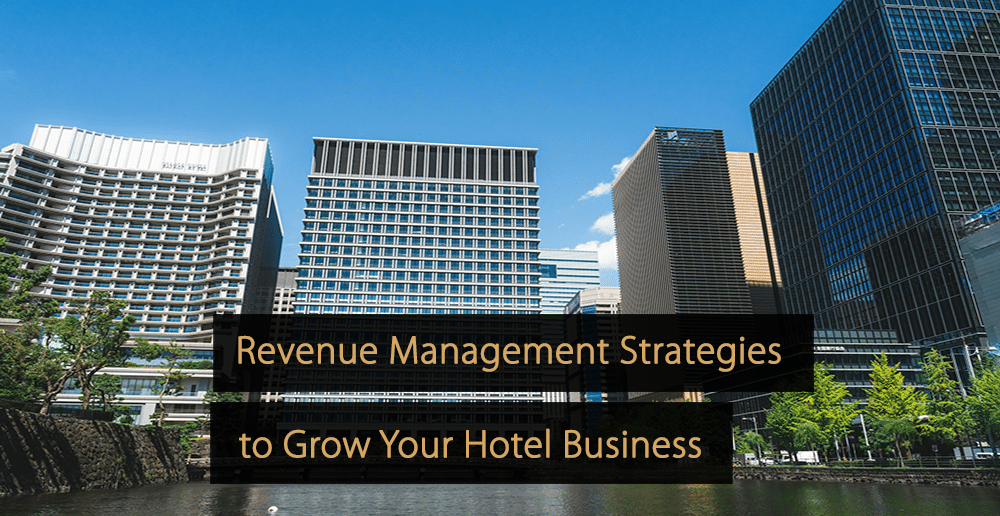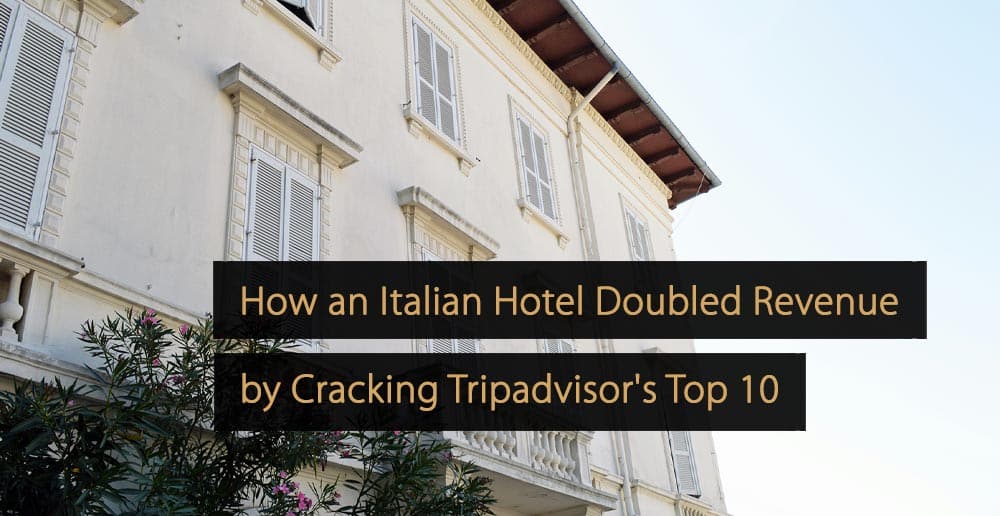Navigating the complexities of hotel revenue management isn’t easy. From demand forecasting and rate negotiations to inventory management and competitor analysis, there are plenty of challenges to keep revenue managers on their toes.
But technology is changing the game. Today’s revenue managers have powerful tools at their disposal that can help them streamline operations and focus on strategic optimization. The one-dimensional metrics that were used for decades are being replaced by more sophisticated measures that, until now, would have been too time-consuming to calculate.
In this article, you’ll find the new generation of metrics that every hotel revenue manager should track to drive significant growth and ensure long-term success.
RevPAG: A Holistic Approach to Revenue Measurement
While RevPAR (revenue per available room) has long been a standard metric in the hospitality industry, it falls short in capturing the full spectrum of revenue opportunities. RevPAR offers a singular view focused solely on room revenue and occupancy rates, overlooking other crucial touchpoints in the guest journey.
One of the new generation metrics is RevPAG (revenue per available guest) offers a more comprehensive and flexible approach to revenue measurement. It tracks revenue across the entire hotel space, providing valuable insights into upselling, food and beverage, and more. RevPAG encourages revenue managers to diversify offerings and maximize revenue potential by adopting a holistic, guest-centric view of revenue generation.
Revenue Source
Relying solely on room revenue is a risky strategy. The most successful hotels today offer a wide range of additional services and experiences, available on-premises and offsite, and can sell to guests throughout the guest journey, not just as the point of booking.
Expanding your offerings not only increases customer reach but also encourages repeat business. Once guests engage with additional services, they are more likely to book other experiences, enhancing overall guest satisfaction and loyalty.
Some of the most popular additional bookable services are:
- Parking spots
- Meeting spaces
- Co-working spaces (typically in transformed lobbies)
- Day-use rooms (sold by the day and by the hour)
- Event spaces (weddings, exhibitions, work teambuilding days)
- Health and fitness (available to visitors as well as guests)
Automated Payments Percentage
Managing multiple revenue streams requires robust security measures to protect sensitive data. With increasing concerns over data breaches, ensuring that your Property Management System complies with security certifications like SOC 2 Type 2 is crucial.
Additionally, payment automation can streamline the guest journey, reducing friction and enhancing the overall experience. A unified platform that automates payment processes across various channels can also help minimize fraud and chargebacks, optimizing revenue collection. You should aim for 100% payment automation for card transactions.
Booking Channel Origin and Guest Acquisition Cost (GAC)
These two metrics go hand in hand. Segmenting data by booking channel provides valuable insights into guest behavior, allowing revenue managers to target the right customer profile with tailored offers. Understanding Guest Acquisition Cost (GAC) and focusing on increasing direct bookings can significantly impact profitability and streamline marketing operations.
Guest Lifetime Value (LTV)
LTV is a sophisticated metric that measures the long-term value of guests, considering their average spend, likelihood to purchase upsells, and cost of reacquisition. Focusing on guest loyalty and repeat business can be a powerful strategy to boost revenue and enhance overall business health.
Average Length of Stay (ALOS)
Encouraging longer stays leads to guaranteed revenue, lower costs, and more opportunities for upselling. By analyzing ALOS across different types of stays and spaces, revenue managers can identify patterns and implement targeted strategies to increase guest engagement and revenue generation.
Upsell Revenue
Upselling remains a valuable revenue optimization strategy, with attribute-based pricing and curated bundles gaining popularity. From booking to post-stay, leveraging various touchpoints to offer personalized upsells can significantly impact revenue and guest satisfaction. Track where in the journey you see the biggest upselling success and most popular upsell items. For instance, dinner reservations may have a higher uptake if you send that offer on the day of arrival when guests are tired and want an easy dinner option.
Demographic Segmentation
Segmenting your customer base allows for targeted marketing campaigns and customized loyalty programs. By offering tailored rewards and experiences based on demographic insights, hotels can foster loyalty, encourage repeat business, and drive word-of-mouth referrals. To assess the effectiveness of your segmentation and campaigns, monitor occupancy rates, daily guest spend, and RevPAG, and be prepared to adjust your strategies based on changing market conditions and guest behavior.
Competitor Analysis
Understanding your competitive landscape is crucial for strategic planning. Benchmarking key performance indicators (KPIs) against competitors and leveraging online market research tools can uncover improvement and innovation opportunities. Three areas to focus on are:
- Relative performance and market positioning
- Price elasticity
- Competitor context to maximize revenue
Embracing the Future of Revenue Management
Tracking the right metrics is essential for streamlining operations, maximizing revenue, and ensuring remarkable guest experiences. As the next generation of hoteliers and hotel technology continues to evolve, embracing new metrics and a forward-thinking mindset is crucial for staying competitive and driving business growth.
Don’t get left behind in this rapidly changing landscape. Adopting a data-driven approach to revenue management can propel your business to new heights, ensuring long-term success and profitability.
Free Report: Data Dive 2023 – Compare Your Property vs. The Industry Average
In the free 2023 Data Dive Report, you can compare your property vs. the industry average.
Over thousands of hotels, hostels, and apartment rentals are analyzed and distilled into 12 unmissable key metrics, including occupancy, RevPAR, and staff turnover. Plus, 10 tangible takeaways to help you improve your business performance.
Click here to download the report “Data Dive 2023 – Compare Your Property vs. The Industry Average“.
More Tips to Grow Your Business
Revfine.com is the leading knowledge platform for the hospitality and travel industry. Professionals use our insights, strategies, and actionable tips to get inspired, optimize revenue, innovate processes, and improve customer experience.Explore expert advice on management, marketing, revenue management, operations, software, and technology in our dedicated Hotel, Hospitality, and Travel & Tourism categories.








Leave A Comment